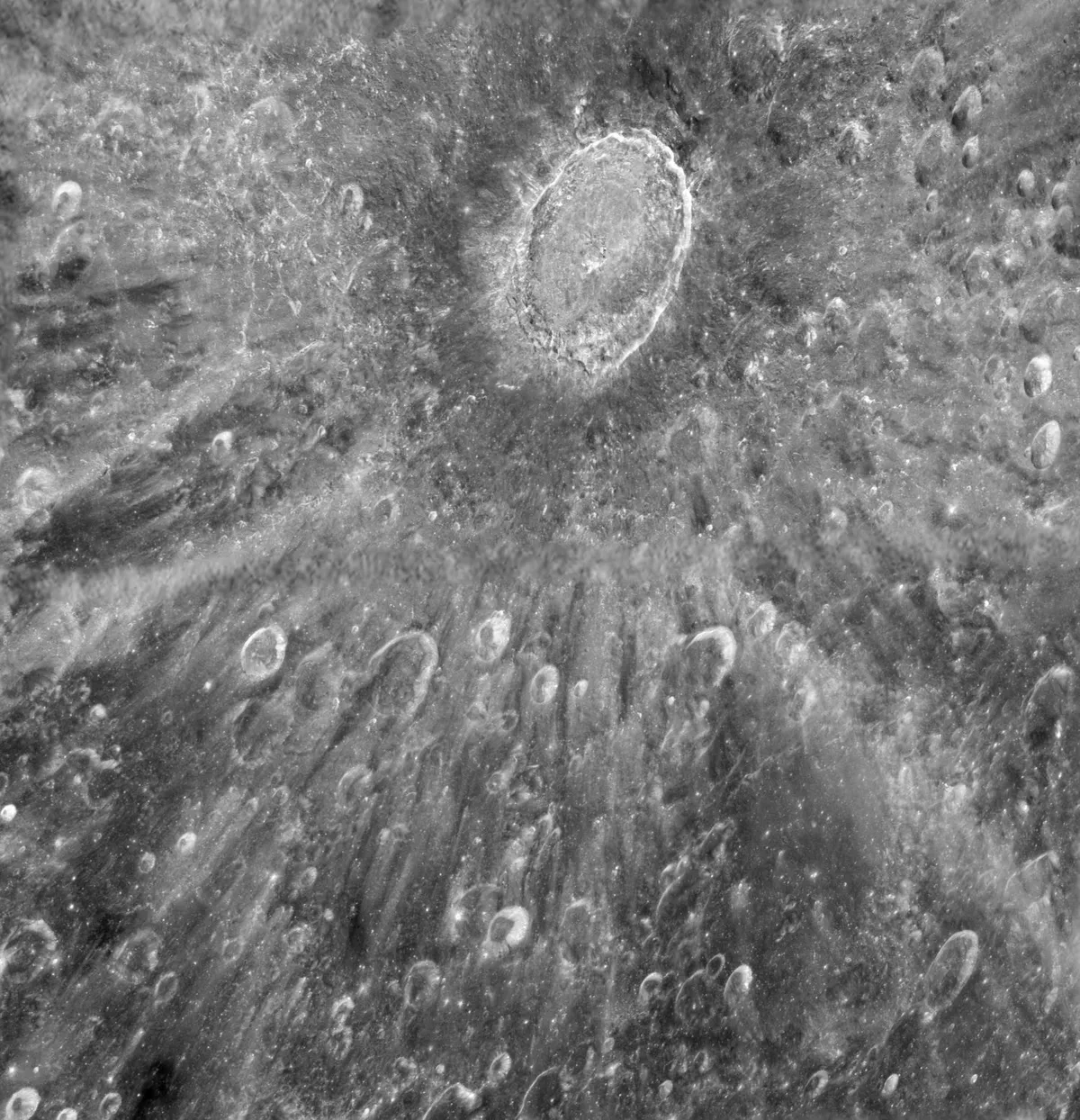The Moon has a diameter of around a quarter that of Earth and travels around our planet in a circular orbit roughly every 27 days.
These companions fall into several categories:
But Earth also possesses a number of tiny co-orbital bodies – objects orbiting the Sun and so not true satellites of Earth, but which are influenced by our planet’s gravity and shadow our planet closely.
More spacerock science

Objects on a ‘horseshoe’ or ‘tadpole’ orbit are repeatedly accelerated and decelerated by Earth’s gravity
‘Quasi-satellites’ follow a one-year elliptical orbit around the Sun, such that they appear to be on a wide, retrograde orbit around Earth.

There are four known bodies on horseshoe orbits of Earth, two in tadpole motion, five quasi-satellites, and four objects flip-flopping between quasi-satellite and horseshoe.
The orbital dynamics involved are a little complicated, but the important point is that such co-orbital objects are on very similar orbits around the Sun as Earth’s.
So, the question is: how did those objects get there? What’s the source of these bodies that become captured – at least temporarily – as companions of Earth?
Most of them are probably near-Earth asteroids.
One of the closest, most stable quasi-satellites, however, the 40-metre-wide (131ft) Kamo‘oalewa,
is spectrally very similar to the lunar surface.
Could this companion be a fragment of the Moon that was blasted off by a large asteroid impact and then caught as a quasi-satellite?

Simulating lunar ejecta
Rafael Sfair, at the Sao Paulo State University, Brazil, and his colleagues, explored the conditions required for lunar ejecta to develop into co-orbital bodies of Earth.
This is what’s known as a four-body problem, with the gravitational effects of the Sun, Earth and Moon all being important for the object’s motion, and it requires precisely tracking trajectories using step-by-step computer simulations.
Sfair’s team ran comprehensive simulations of 54,000 particles being ejected from across the entire globe of the Moon, with a range of ejection velocities, and tracked which became co-orbital with Earth.
They found that 3.5% of their modelled ejecta particles ended up colliding with Earth, and indeed, over a tonne of lunar meteorites have been found.
But 6.7% of ejecta came to share a similar orbit to Earth, with over a quarter of those becoming quasi-satellites (rather than following horseshoe or tadpole orbits).
Material is most likely to become captured as a co-orbital object if it is ejected from the trailing (western) side of the Moon and near the equator.

Explaining Kamo‘oalewa
A previous study had suggested that Kamo‘oalewa was flung off the Moon by the impact that created the Giordano Bruno crater.
This is a 22km (14-mile) crater just on the far side of the Moon, believed to have been created relatively recently: around 4 million years ago.
Sfair says that his simulations agree with this possibility.
Overall, this new research bolsters the hypothesis that some of Earth’s co-orbital bodies originally came from the Moon.
Confirmation could be provided by China’s Tianwen-2 mission, which launched in May 2025 to collect and return a sample of Kamo‘oalewa to Earth for analysis.
By 2028, we might know for sure whether this quasi-satellite is actually a chip off the Moon.
Lewis Dartnell was reading The Moon as a Possible Source for Earth’s Co-orbital Bodies by R Sfair, LC Gomes et al. Read it online at: arxiv.org/abs/2505.09066
This article appeared in the August 2025 issue of BBC Sky at Night Magazine

